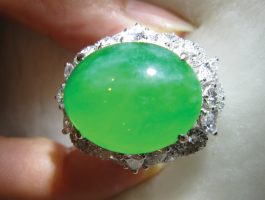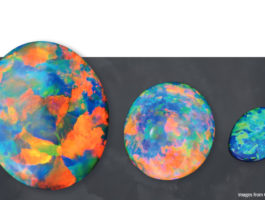AG Article: Women’s work in the gemstone supply chain: Africa, India and Thailand
Title: Women’s work in the gemstone supply chain: Africa, India and Thailand
Author: Dr Lynda Lawson
The Centre for Social Responsibility in Mining, The University of Queensland, Australia
Introduction: The coloured gemstone supply chain is part of a valuable and complex global business chain that supports the international jewellery trade with significant increases in price at each link of the chain. There is strong global interest in, and demand for, coloured gemstones. While jewellery made from gemstones is worn by both men and women, women are the main consumers of jewellery and until the mid 2000s the industry was dominated by male designers, and business and most purchases were made by men. However, things have changed, and women are increasingly buying their own jewellery and taking greater control of the industry. For example, the Natural Diamond Council launched its ‘For me, from me’ campaign in 2019, and focused on women sharing stories of their diamond purchases that celebrate personal milestones like career promotions (Roden, 2020).
A key factor in attracting the purchases of many women buyers is their interest in responsibly sourced metal and gemstones, and jewellery which has a story and is personally significant. My investigation into women’s work in the gemstone value chain dovetails well with these developments.
Between 2014 and 2019 I conducted field work in Madagascar, India and Thailand for my PhD: Opportunities and challenges for women’s empowerment in the gemstone value chain in Madagascar and Thailand (Lawson, 2020). My research traced the way women were involved in the sapphire value chain from their work as miners and traders in Madagascar to Thailand where women trade, cut and polish and make jewellery. I spent over 60 days in the field in Madagascar listening to women miners and traders of gemstones – mostly sapphires (Figure 1).

Figure 1. Lynda Lawson with women miners in Madagascar. Photo courtesy of the author.

Figure 5. Malawi woman with a handful of rhodolite garnets. Photo courtesy of the author.

Figure 6. The women’s stones cut and polished. Photo courtesy of the author.
Read the full article in the December 2020 Issue of the Australian Gemmologist. Members of the Gemmological Associate receive copies of the journal free of charge – find out more about becoming a member today. Need a copy of the issue? Please contact the Editor.



